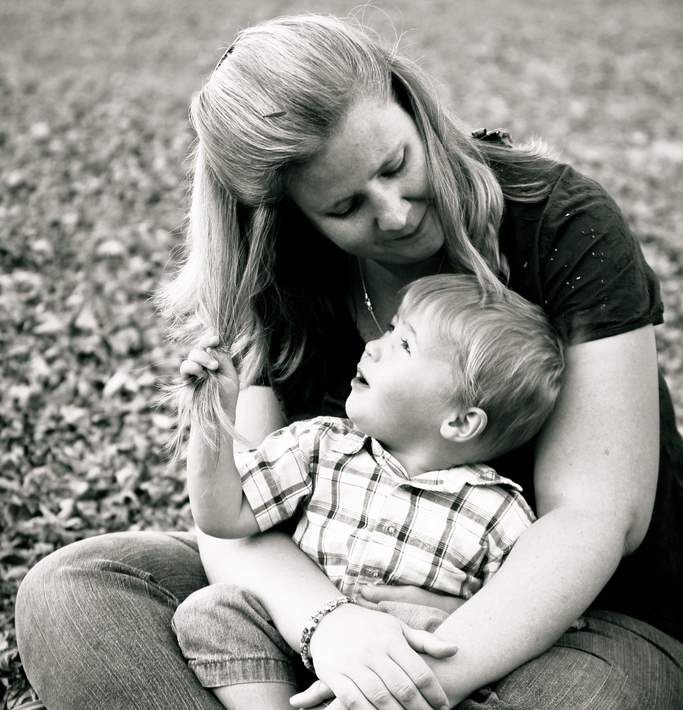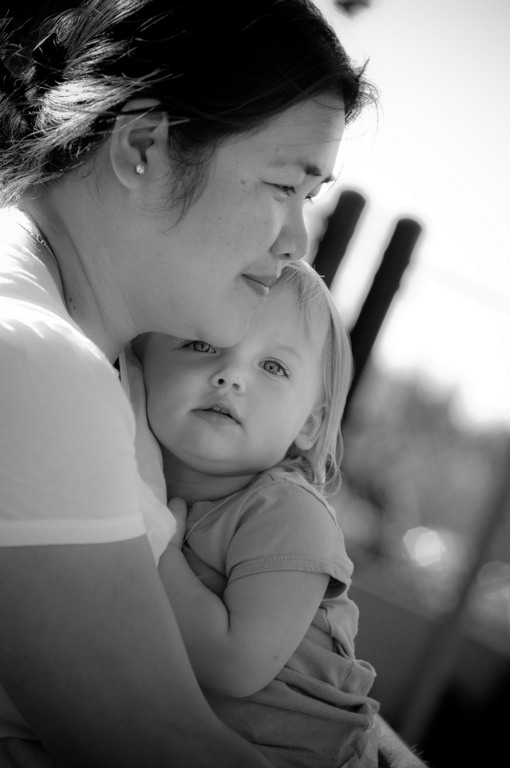November 4, 2022
Maria Montessori: “The adult must recognize that he and she must take second place, endeavor all they can to understand the child, and to support and help him in the development of his life. This should be the aim of mother, father, and teacher.”
The most fundamental step that families need to take to assist their children in their growth and development is to have a conscious plan for family life. The family unit must be strong and stable if it is to be a touchstone for the child as she navigates her way beyond family life. Margaret Stephenson, who worked and trained with Maria Montessori and who brought the Montessori movement to the US in the early 1960s, described the task of the family in relation to the child:

“Offering a secure environment is the birthright of the child and the parents should be totally committed to this task.” She explains that the adult need not be accepting of the child in every situation, but must offer love and security and must set the rules for how the family, as a social unit, lives in harmony by offering respect and clear expectations for family life. The rules in a family must be weighed and measured and when set, they must be capable of being achieved. She adds: “even the smallest child can find and cherish his place, can witness the behavior of the other family members, can see their acceptance of the rules, can note their relationships to one another and can begin to grow and to develop within this loving, secured environment.” Ms. Stephenson was not shy in suggesting that, “the firm NO to the child for inappropriate behavior, for actions which might harm him, becomes something that the child can accept and respond to, without arguing, (which never should be allowed), without a temper tantrum (entered into to get his own way and from which the child must never be allowed to win), but a NO which follows a consistent pattern.”
Every child needs order and routine in their lives, and providing such may be the biggest challenge that we face as parents. With the distractions and demands of both professional and social life, it is easy for us to be distracted (by an assortment of electronic devices) and to forget the basic requirement of parenting—giving your undivided attention to your child and to family activity. Your attention provides the order and expectation your child needs to feel secure. Ms. Stephenson continues:
“The no’s must always be for the same situations and the yes’s the same. Then the child knows where he stands, in relation to his behavior and actions and to his family’s responses”. To not offer a child the help they need to conform to the expectations of his society (whether the family, the classroom, or the neighborhood) is to cheat him out of an understanding about HOW to act. By behaving well and following the family rules, the child has the opportunity to feel the same success they feel when accomplishing a new task or skill. The rules do not have to be the same in the home and in the school, but they need to be consistently respected and enforced in each environment to impress the child. It is an art to train children to have acceptable social behavior and to accept the rules of society—this art requires a gentle touch coupled with a firmness that recognizes we want the people we love to be and do well. If we accept this challenge, as parents, we do our children harm when we accept conduct that will lead the child to be chastised by his peers or social groups.

How does this connect to Practical Life? As teachers, we face the problem that children who do not experience these limits and boundaries at home will have trouble finding their place at school and they will spend their time searching for the boundaries. Without the “centering” that comes with a consistent, secure environment, a child will not attach to work that is designed to meet her needs. The secure child will be attracted to the activities in their environment and they will take joy in being a contributing member of their “class” society through their efforts to help and respect each other. To be exact, when we have children (and parents) doing exactly what they like, without regard to its effect on their social group, we have a chaotic rather than peaceful existence.
Ms. Stephenson: “ And so the art of Montessori thinking in the home, which we have to practice if our children are to make the most of their Montessori education, is to help them understand the rules of life in the society at home and to keep these rules. It is also to cooperate with the teachers and the schools in making the children aware of the fact that school and classroom have their appropriate rules and that we expect our children to keep them also. Parents and teachers have to form an alliance because both are involved in helping the child help himself, and the fullness of that help can be given best by both together.”